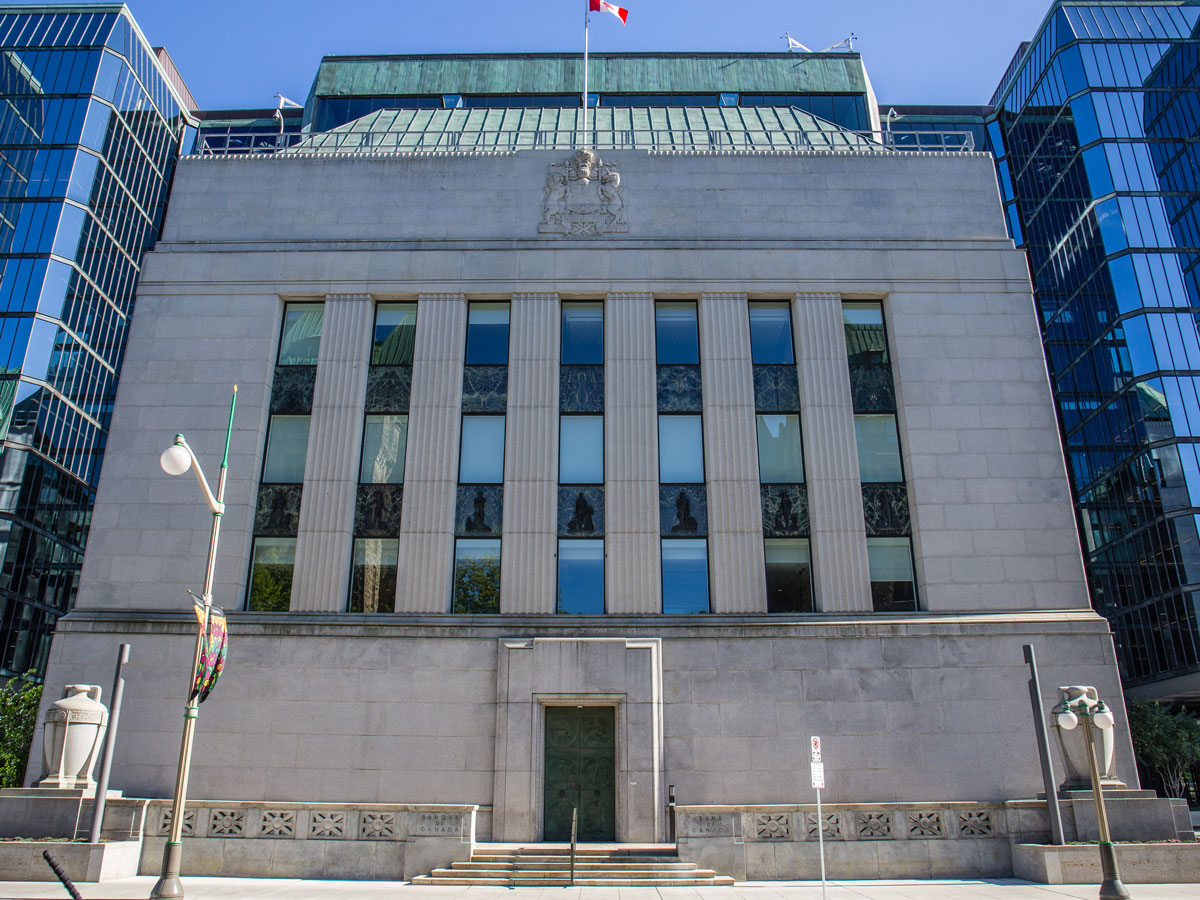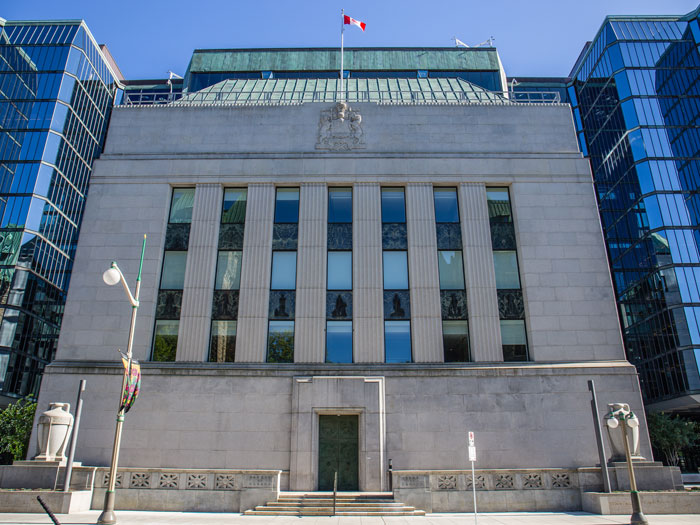
What’s a bank to do when high inflation impacts the bottom line?
 To respond to rapidly changing external and internal environments, central banks are enhancing their financial and enterprise risk management frameworks to make them more forward looking (Shutterstock/ Worldstock)
To respond to rapidly changing external and internal environments, central banks are enhancing their financial and enterprise risk management frameworks to make them more forward looking (Shutterstock/ Worldstock)
With the rapid rise in inflation last year, central banks responded by sharply increasing interest rates over a relatively short period of time. These decisive actions have created mismatches on balance sheets of many central banks across the globe. As a result, large financial losses are being reported on central bank balance sheets that are expected to continue over the next several years.
Given the drawbacks in accounting for the financial losses as negative equity or as a deferred asset, recapitalization of capital reserves is the most optimal solution to manage this balance sheet financial risk over the next few years. Bolstering capital reserves will strengthen the central bank’s financial health, independence, accountability and transparency.
BALANCE SHEET EXPANSION
During the pandemic, central banks used quantitative easing as a monetary policy tool to ease financial conditions and strengthen economic recovery. This involved large-scale purchases of longer-term government bonds from financial institutions, which significantly increased the size of the central banks’ balance sheets.
The funds used to purchase the bonds were placed in the deposit accounts held by the financial institutions at the central banks, significantly increasing the total amount of interest-earning deposit liabilities.
With interest rates rising sharply to combat inflation, central banks started to pay out considerably higher interest rates on their deposit liabilities than they were earning on their bond portfolios. The difference in the interest rates resulted in significant financial losses for central banks, which are expected to continue over the foreseeable future.
FINANCIAL LOSSES
Typically, central banks remit portions of their profits to their governments. However, due to recent financial losses, profit remittances to governments have been reduced significantly, and in many instances the remittances have been entirely eliminated.
In the current high-inflation economy, the financial losses related to quantitative easing are likely to continue, with cumulative financial losses expected to be substantial. Each central bank should consider estimating the cumulative losses under different interest rate assumptions. The results of the estimation process are critical for the central bank to better understand the implications for the bank’s capital reserves and government finances. The cumulative expected loss information should be made publicly available and included in the central bank’s Audited Financial Statements and Annual Reports.
Capital investment—where the government invests additional capital into the central bank to bolster the latter’s capacity to cover financial losses—may be the most optimal solution to manage and report expected financial losses. Increasing capital reserves openly recognizes the true financial costs related to quantitative easing in a timely manner in the financial statements of the central bank and in government finances. Maintaining adequate capital reserves respects international capital requirement reforms promulgated for the banking sector. Plus, a strong capital structure promotes the accountability and transparency of the central bank in a period when central bank leadership is paramount.
CAPITAL ADEQUACY
In the wake of the financial crisis of 2007-2008, the Basel Committee on Banking Supervision, composed of central banks and regulatory authorities, developed Basel III—an international regulatory framework designed to improve the regulation, supervision and risk management of the banking sector.
The reforms set out minimum capital requirements and counter-cyclical buffers that can improve financial institutions’ abilities to handle financial stresses and strengthen transparency and disclosure.
Central banks lack a common framework to guide the determination of capital adequacy requirements in relation to the financial risks that a central bank faces. A principal-based international framework, similar to that of Basel III, developed collaboratively by central banks and other key stakeholders, may be beneficial as a starting point for each central bank in assessing its own minimum capital requirements, and a counter-cyclical buffer under certain conditions.
RISK MANAGEMENT
To respond to the rapidly changing external and internal environments, central banks are enhancing their financial and enterprise risk management frameworks to make them more robust and forward looking.
Such financial and enterprise risk management frameworks should identify emerging risks that are considered to have a low probability of occurrence but moderate-to-serious consequences. These consequences may lead to serious financial, operational, or reputational consequences for the central bank.
Scenario analysis is a valuable tool which helps the central bank identify a range of scenarios that can reveal potential hidden and unforeseen risks. It’s particularly effective when performed with a diverse group of professionals with different knowledge and expertise to identify the various possible scenarios and consequences.
From a risk governance perspective, emerging financial risks for each of the central bank’s core operations should be presented in the central bank’s Enterprise Risk Management reports. Emerging risks need to be discussed with senior management, as well as with the Finance and Audit Committee and the Risk Committee of the board of directors.
For decades, central banks worldwide have been successful in achieving their policy objectives, which have contributed to economic growth, safe and efficient financial systems, and secure banknotes that people can trust. More recently, with high rates of inflation, high interest rates, large financial losses, and economic and financial uncertainties, criticisms have been raised about the central bank’s ability to conduct monetary policy, its independence, and the need for enhanced accountability and transparency. To effectively manage these criticisms, clear and consistent communications are essential to protect the central bank’s reputation and strengthen public trust.
MORE ON BANKS
Find out why Canadian banks have fared better than their peers internationally and whether our banking system is as solid as it is said to be and learn more about what a recession really is.